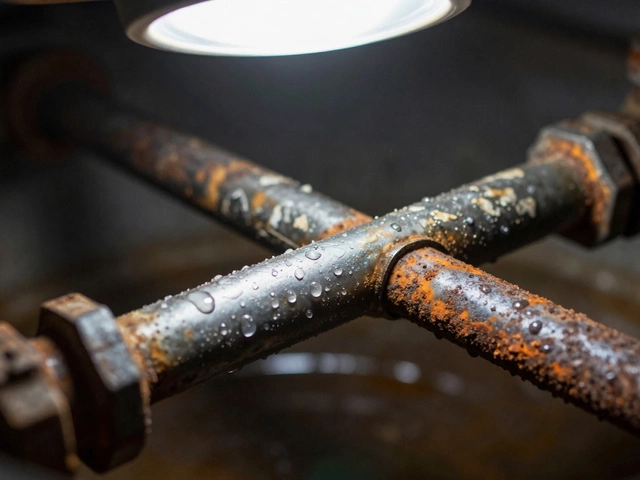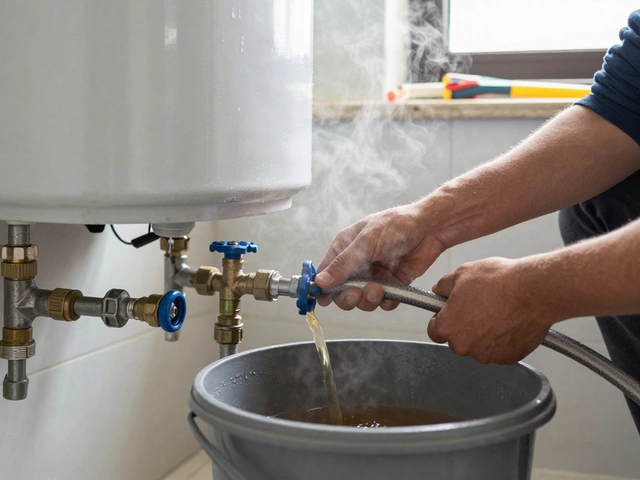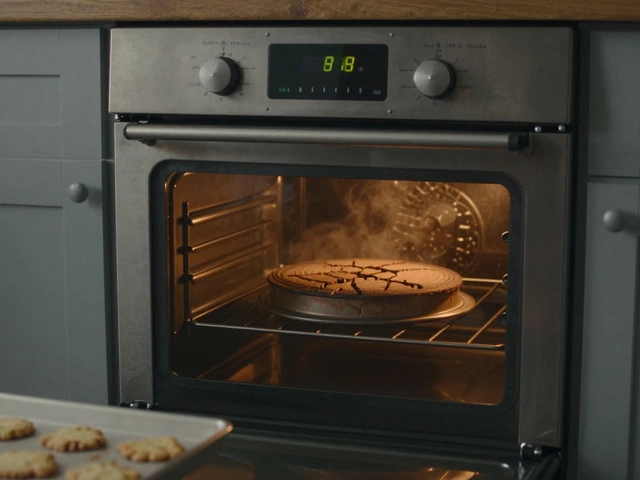Gas Oven Igniter Problems: Quick Fixes and Pro Help
If your gas oven won’t light, the first suspect is the igniter. It’s the small, glowing piece that sparks the gas and gets the oven heating up. When it’s worn out or broken, you’ll hear clicking, smell gas, or see the oven stay cold. Below you’ll find the most common signs, safe ways to test the part, and a simple replacement guide. Follow these steps before you waste money on a full service call.
Common Signs Your Gas Oven Igniter Is Failing
Not every “oven won’t heat” issue is an igniter problem, but these clues point straight at it:
- Click‑click‑click with no glow – The oven tries to spark, but the igniter never gets hot enough.
- Visible cracks or discoloration – A cracked, blackened, or blistered igniter can’t reach ignition temperature.
- Persistent gas smell – If you smell gas after the oven cycles, the igniter may be failing to ignite it promptly.
- Oven cycles on and off – The control board keeps trying to start the oven, causing the temperature display to jump.
- Older oven, high usage – Igniters typically last 2‑5 years. High‑frequency baking speeds up wear.
When you spot any of these, turn off the oven, let it cool, and move on to the testing step.
Step‑by‑Step Guide to Replacing a Gas Oven Igniter
Replacing the igniter is a straightforward DIY job if you follow safety basics. You’ll need a screwdriver, a socket set, and the correct replacement part (check the model number on the old igniter).
- Turn off power and gas. Switch off the circuit breaker for the oven and shut the gas valve at the supply line.
- Remove the oven’s back panel. Most ovens have a few screws holding the rear sheet metal. Keep them safe.
- Locate the igniter. It’s usually a thin, metallic rod mounted near the burner assembly.
- Unscrew the mounting bracket. Take note of how the wires connect – a photo helps.
- Disconnect the wires. Gently pull the connector off the igniter terminals.
- Install the new igniter. Slip the wires onto the new part, secure the bracket, and double‑check the fit.
- Reassemble the oven. Replace the back panel, re‑secure the screws, and restore power and gas.
- Test it. Turn the oven on, select a bake setting, and watch for the glowing igniter and oven heating up.
If the new igniter glows and the oven reaches temperature, you’ve saved a repair call. If it still won’t light, the problem could be the burner, thermostat, or control board – time to call a professional.
Most replacement igniters cost between £30‑£70, and a DIY install takes under an hour. Hiring a technician will add labor fees, usually £80‑£120, so weigh the cost against your confidence level.
Safety tip: Never ignore a gas smell. If the oven keeps clicking without ignition, open windows, turn off the gas, and call an emergency service if you can’t stop the flow.
Keeping the igniter clean can extend its life. After each heavy use, wipe away food splatters and avoid using harsh chemicals that can damage the ceramic coating.
In short, a faulty gas oven igniter is a common, fixable issue. With a few tools, a little patience, and the right replacement part, you can get your oven back to baking pies in no time. When in doubt, a local Hinckley appliance repair specialist can diagnose deeper issues and keep you safe.
15 May 2025
·
0 Comments
Wondering how much it costs to fix a gas oven igniter? This article breaks down what you’ll pay for parts and labor, how to spot a bad igniter, and tips for saving money. We’ll talk about when you can tackle repairs yourself and when to call in a pro. Plus, you’ll find real-life examples and practical advice. Get the facts before you schedule a repair or start looking for parts.
Read more
24 November 2024
·
0 Comments
A malfunctioning gas oven igniter can present several symptoms that indicate it needs attention or replacement. These signs include prolonged preheating times, gas odors, and food not cooking evenly. Understanding the working mechanism of the igniter and recognizing these symptoms can help in timely repairs, preventing further issues. This guide explores common indicators of a faulty igniter and provides actionable tips for addressing them.
Read more







